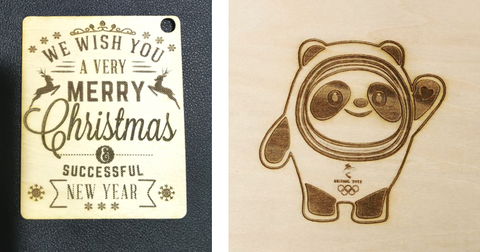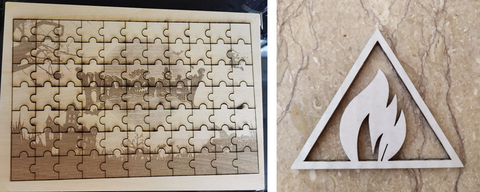Trending searches
Popular collections
Popular products
Cart ($0)

In Physics, the propagation in space of electromagnetic field energy is called Electromagnetic Radiation. In particular, an electromagnetic radiation with a wavelength between about 400 and 800 nm is called visible radiation and is perceptible by the human eye and transformed by the brain into visual sensations; this radiation is what is commonly called Light.
In an electromagnetic wave the energy is distributed in discrete and indivisible packets, called Quantum, and the quantum of energy of the visible radiation is called a Photon. Photons, having energy in the form of an impulse, when they hit matter are able to excite atoms and molecules, which emit quantum at various frequencies that are also detected as heat: this is the physical mechanism at the base of life, why sunlight also produces heat, and how this heat is more or less intense depending on direct or indirect exposure to sunlight.
Although this does not exist in nature, human progress has made possible the ability to "line up" the photons of a light source, concentrating them in a light beam called a Laser Beam. If the propagation of a light source takes place in the form of a laser, then all the energy is concentrated within a beam of very small section; therefore, when the laser hits matter, it is instantly able to radiate a great power into a very small area, causing a sudden and rapid increase in temperature that alters the state of matter.
Laser engraving
A laser engraving machine is based on a laser module of a given power, capable of generating a laser beam that can be modulated in power within a range between 0% and 100%. When the laser beam hits a surface, it undergoes a rapid increase in temperature that instantly transforms the state of matter by combustion, and the contrast between the lasered surface and the surrounding surface creates the visual effect commonly called Laser Engraving.
To create an engraving, the laser module is moved in a Cartesian plane X/Y, thus being able to emit a certain power in a given spatial position, and the set of points hit by the laser beam constitute the engraving. Depending on the power with which the laser beam hits each point of the surface, it is more or less able to transform part of the matter, which results in a more or less deep incision with respect to the surface. In fact, when the laser hits a surface, not only is blackening caused by combustion but also a lowering of the surface; the higher the power of the laser, the greater the amount of matter removed. This contrast of hue and depth creates the typical effect of laser engraving, thus being able to make drawings, markings, engravings on various types of materials.
Difference between laser engraving, carving and cutting
Depending on the type of material, different possibilities of laser processing may occur, including engraving, carving and cutting. Some materials allow only some of these processes, however some materials such as wood allow you to carry out all three types of processing.
Taking wood as an example, suppose you apply a laser beam on its surface; depending on the power of the beam the following possibilities occur:



Note that, even with the same material, these three processing techniques can take different settings as they depend on the maximum power of the laser beam, the power applied to the processing, the permanence of the laser beam at each surface point (ie the processing speed), the hardness of the type of wood treated, and other factors. Therefore, it is always necessary to carry out empirical tests in order to obtain the correct processing parameters for each type of material, even if of the same type.
The processing parameters, such as power, speed, number of steps and more, are assigned to the machine using a management software such as Lasergrbl. This software takes care of processing in machine code the instructions useful for realizing by laser processing the image or the incisive effect desired by the user. In this way, the machine is able to know point by point where to apply the laser beam, with what power to apply the laser beam, and with what speed to move to a next point, thus being able to transform into reality any type of idea.
https://www.longer3d.com/collections/laser-engraver
!